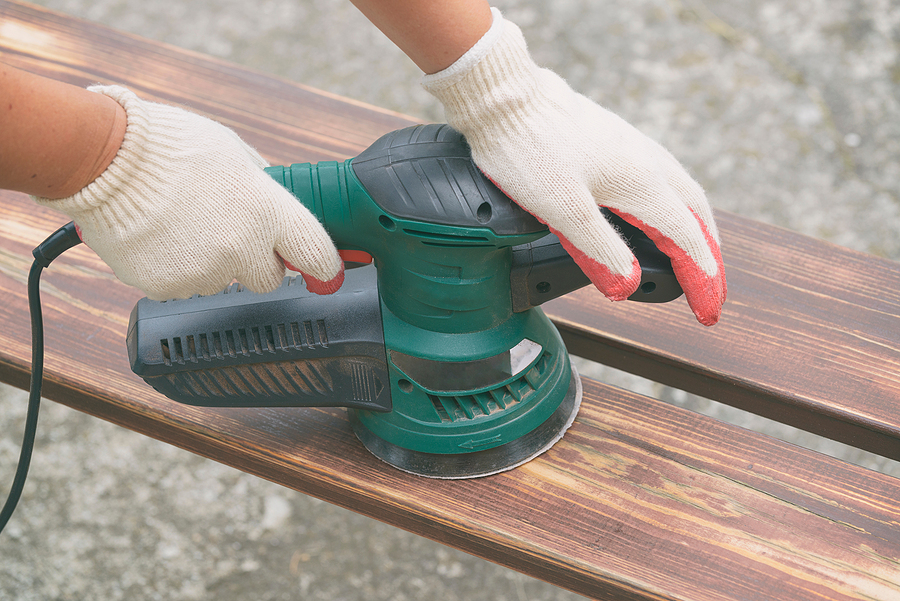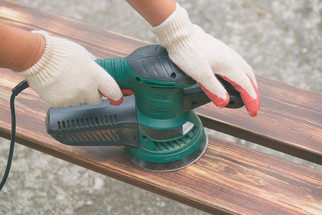Posted by Sandpaper America on Dec 31st 2020
The Basics of Sanding Down Wood
Woodworking is a serious and complex hobby that brings endless enjoyment to countless carpenters all across the world. Since the beginning of mankind, wood has been an essential part of life and living, making it no surprise that it still remains a highly valuable asset in today’s society. Whether you are new to woodworking or have decades of experience, reviewing the fundamental rules and guidelines for sanding wood is an important part of cultivating your craft.
Continue reading to learn the top 3 wood sanding rules you should know.

Top 3 Wood Sanding Guidelines:
Use the Proper Sandpaper
Sandpaper comes in various degrees of coarseness. The coarseness is rated in numbers called grits, which range from 80 to 220 and higher. The lower numbers are more course, and the higher numbers are finer. Window and door refitting are common applications. Below 100 grit, sandpaper is very course and primarily used for quickly removing old wood layers. Between 100 and 200, sandpaper is medium course and commonly used in the first stages of wood sanding to remove shallow scratches, rough edges, and dents. Sandpaper that is 200 and higher is fine and commonly used for second stage sanding to eliminate fine fibers and leftover medium course sandpaper scratches.
Manage Dust
Capturing dust is an important part of sanding wood because non-managed dust accumulation can affect the overall result of your project. Too much dust will now allow for an ultra-smooth finish. An air compressor and broom pan is not enough to adequately manage dust problems. A bristle attachment on a vacuum cleaner is ideal. A damp cloth is also a fail-safe method for dust removal.
Choose the Right Sander
Just like a set of beard trimmers, in order to get the results you want, you must choose the right sander for the job. You wouldn’t want to use a palm sander to refinish a full-size basketball court; would you? Manual sanding by hand is best for small, intricate projects and hard-to-reach areas. Orbital or palm sanders are perfect for large, flat surface areas, like tables, benches, and more. A powerful belt sander would be the tool for a basketball court or large-scale wood floor refinishing job.
Purchase the Best Quality Abrasives at the Most Competitive Prices!
Call Sandpaper America at 1-800-860-SAND to purchase the best quality abrasives at the most competitive prices online. We offer a wide selection of sandpaper types, grades, machines, and accessories, all easily purchased online! For the best deals on sanding products, call Sandpaper America at 1-800-860-SAND for details about online ordering and shipping information.


